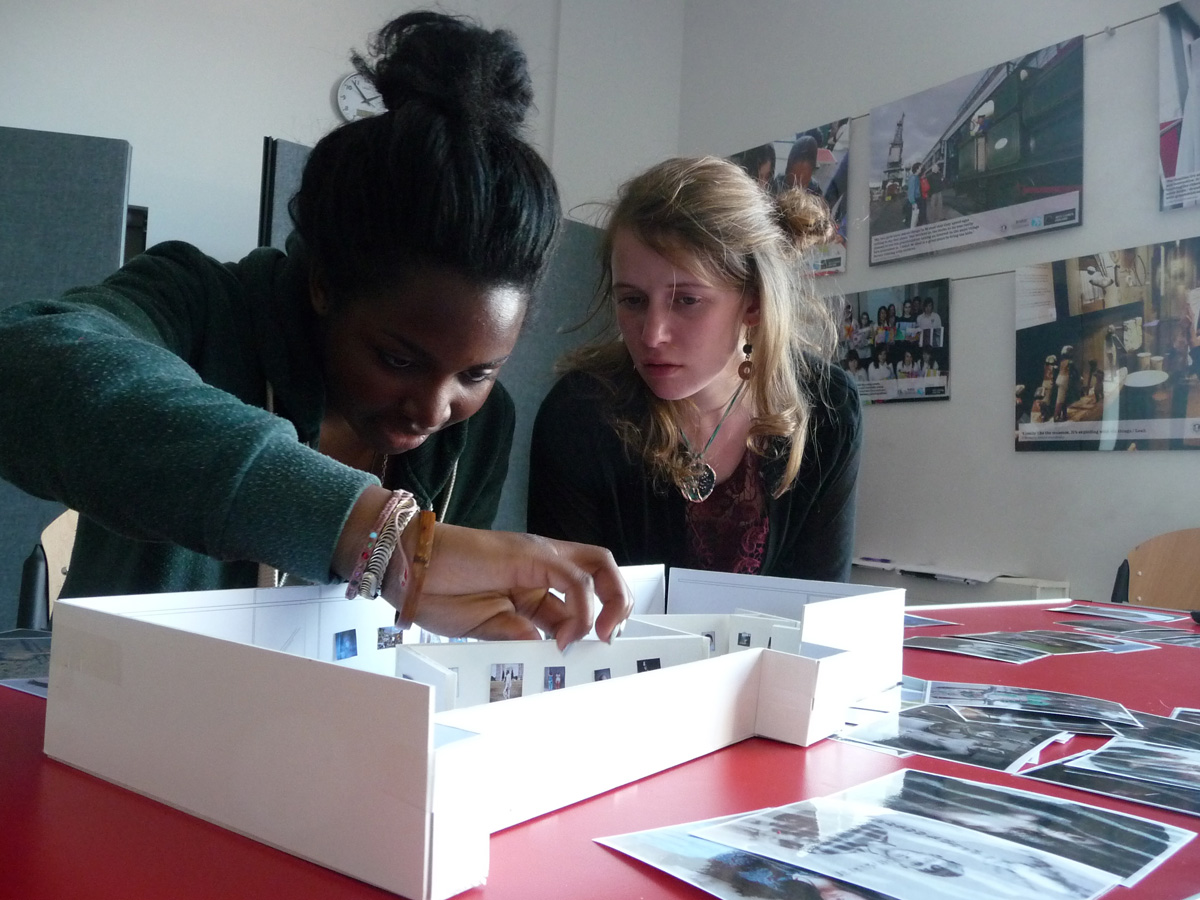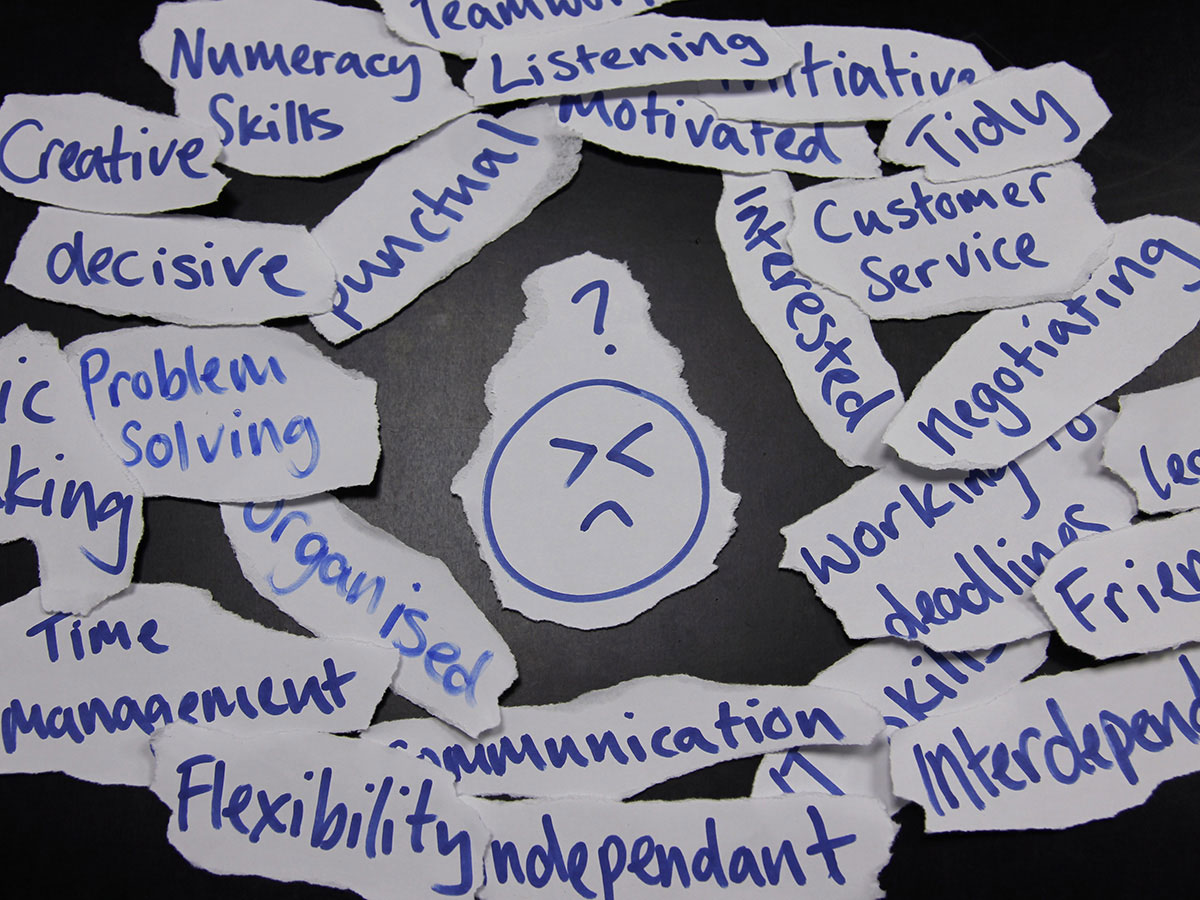Seven Steps For Setting Up Your Own Exhibition
As part of Young Arnolfini, Cai Burton has put on his fair share of galleries and exhibitions. Here he shares his seven steps for success if you’re thinking of putting on an art show.
As part of Young Arnolfini, one of the things we do is set up exhibitions for and by young people. We’ve recently closed our autumn ‘Wanderings’ exhibition and have begun to think about what we can do for the next one. After evaluating the good and bad parts about our exhibition, we’re starting to understand how to run a good exhibition.
Here’s my list of the seven steps you need to set up your own exhibition:
1. Theme
When starting an exhibition – collaborative or solo – you first need to decide what it’s going to be about. Do you want to choose a topic and create several pieces based around it? Or focus on just your own work and style? Perhaps you want to keep it really broad and have ‘an exhibition of young people from Bristol’s work’? Either way, a theme is the first thing that you want to decide upon. Just don’t make it too obvious.
2. Creation
Okay. You’ve got your theme and are ready. Let’s start actually creating the work. Before you jump straight in and create the most obvious piece of work related to the theme, take a minute to actually think about it. After coming up with the initial idea of ‘Journeys’ (later to be re-named ‘Wanderings’), the first thing we did was brainstorm all the potential ideas and routes we could take the topic. It means that you can create something a lot more individual and creative.
3. Curation
One of the most important things when putting on an exhibition is to curate it. You need somebody to sit down, look at your space and plan out where things are all going to go. You can’t just rock up on the day and hang things where ever. (Okay, we might have done that, but that’s beside the point). Do you put your colourful pieces in the window? Do you have your sculpture in the corner or in the middle? You may not realise it, but where the pieces go can actually influence your exhibition a lot.
4. Marketing
Next, you have to actually get people to come to your exhibition. You might have this challenging, inspiring and creative exhibition, but if nobody comes then there wasn’t really any point? We decided that you can always do more marketing, and it’s really important to the success of your exhibition. This is where social media can come in handy. Promote yourself using facebook and twitter, and get people talking about your exhibition. Create flyers to hand out to other venues across the city. Try e-mailing organisations with specific invitations to come along. Do ANYTHING to get people’s attention.
5. Launch Night
So you’re ready. Hopefully you’ve gotten all your work together and up on the walls. You’ve spent weeks leading up to the exhibition publicising and promoting it. You’re ready for your launch night. Having a launch night is important as it creates a buzz about your exhibition. It gives you a brilliant opportunity to advertise your exhibition to others, as well as getting some awesome reviews. Most importantly, it gives you a chance to relax after the stress of setting it all up.
6. Maintain Interest
Oh, but the work is never done. Once your exhibition is open, you need to keep people coming along. Use the stunning reviews from your launch night to brag about it and convince all your friends to come. Organise events at your exhibition – gallery tours, discussions, live art, even just chilling and chatting to whoever comes by. If you can keep a steady number of people visiting throughout your exhibition times, then you’ve done about as well as possible.
7. Evaluate
So you’ve finished. You’ve successfully put on a brilliant exhibition, everything’s gone down well, and everybody loved it. What next? You evaluate. You can always improve on what you did. Look at everything you’ve done and decide what went well and what didn’t go well. What can you do to fix the things that didn’t go well? How can you make the best even better? This step is so important because there is so much you can learn from it.
Have you ever run your own event? Want to write about it for Rife? Tweet us ideas: @rifemag










